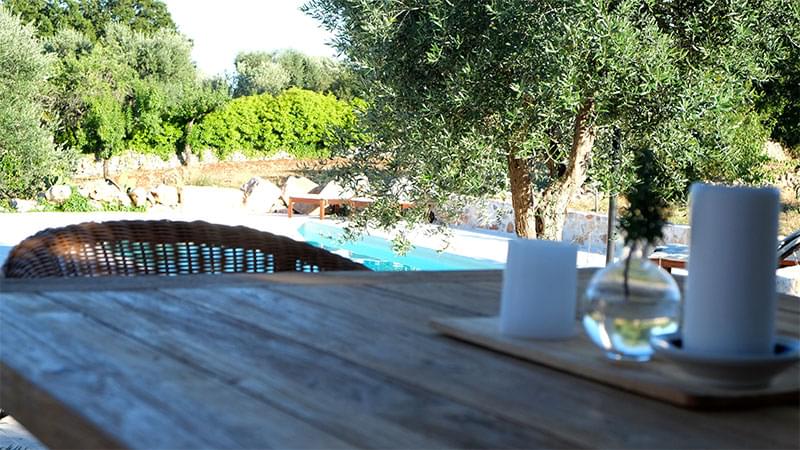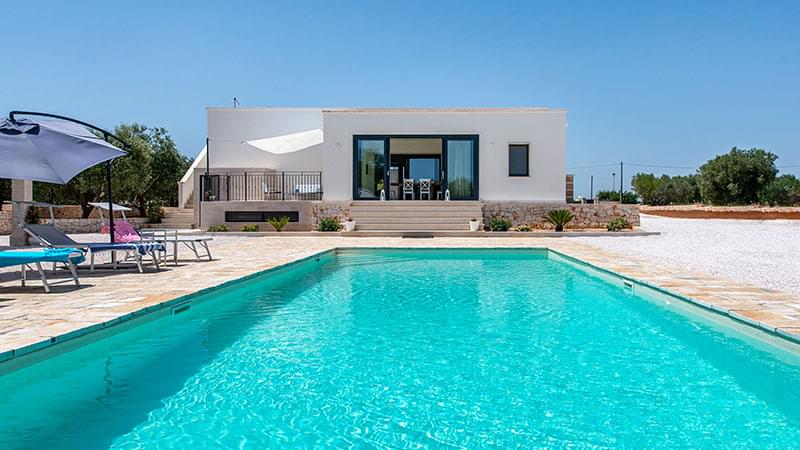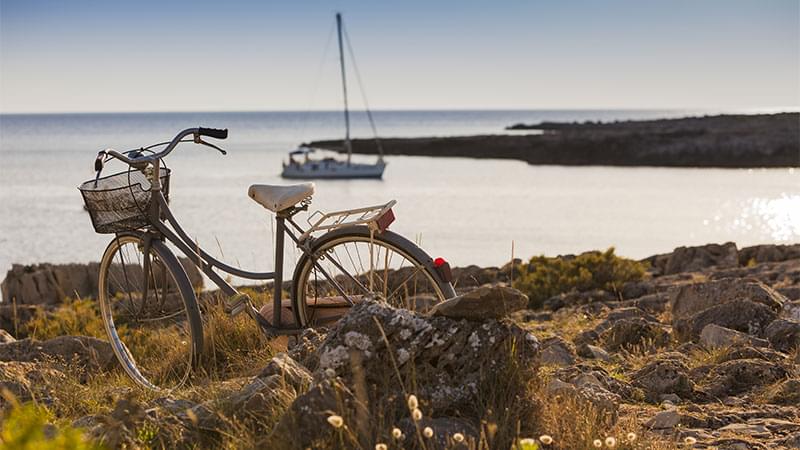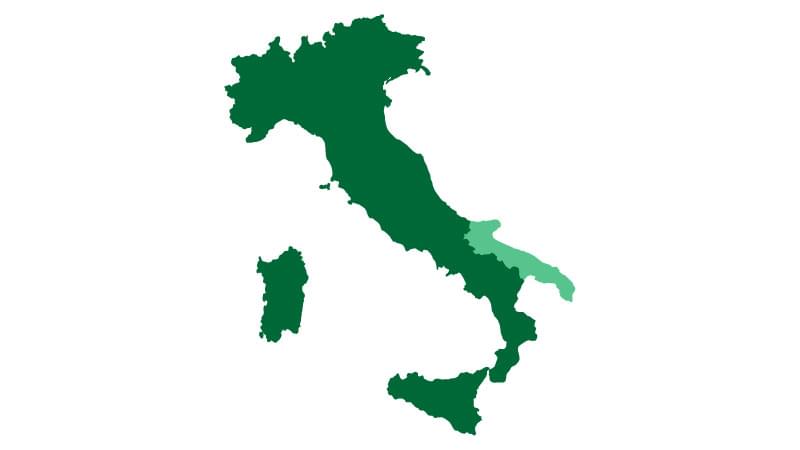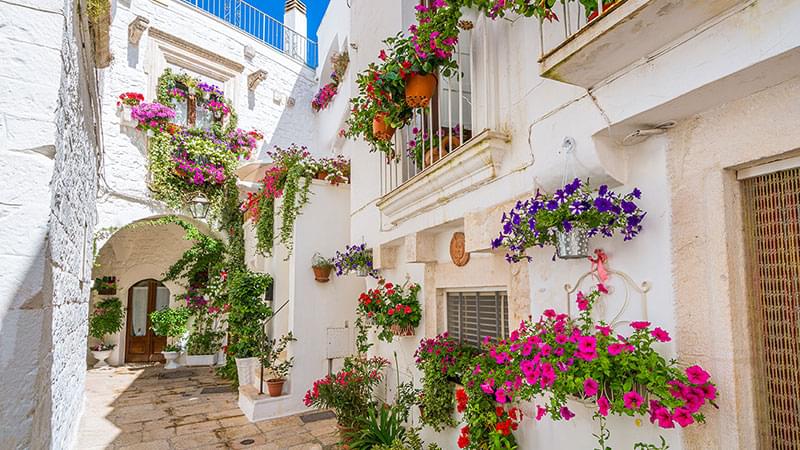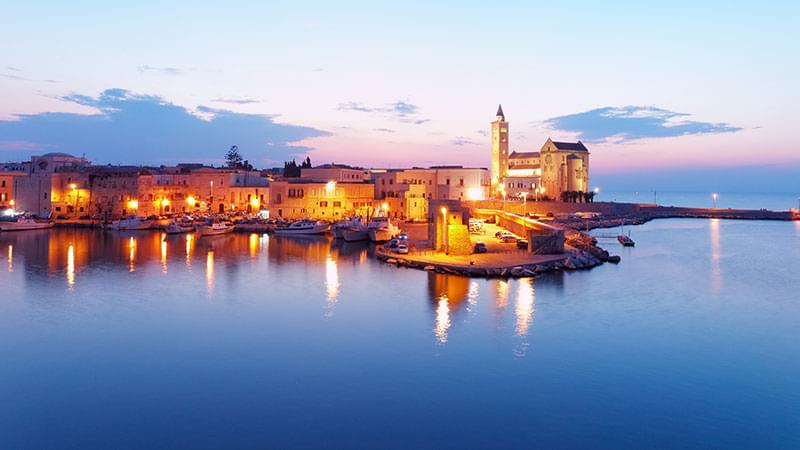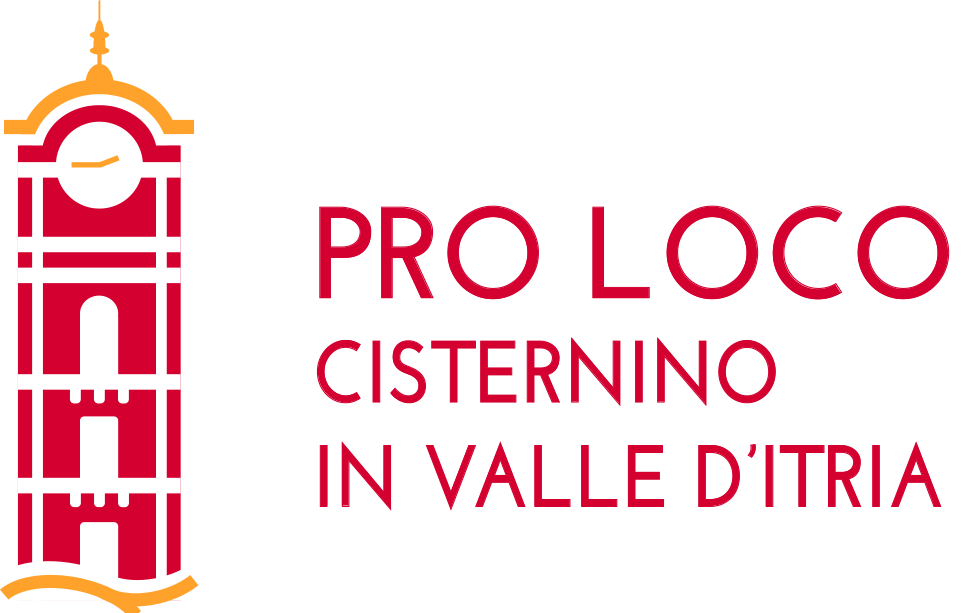Prehistoric Settlements
Archaeological evidence suggests that Bari's history began around the 4th millennium BC when prehistoric tribes established small settlements in the region. These early inhabitants thrived due to Bari's strategic location along the Adriatic coast, which offered easy access to trade and communication routes.
Greek and Roman Eras
Bari experienced a transformative milestone during the 8th century BC as Greek settlers founded the prominent settlement of Barion. Swiftly, Bari emerged as a pivotal trading nexus connecting Greece and the Italian Peninsula. In the 3rd century BC, the region succumbed to the Roman conquest, integrating it into the vast expanse of the expanding Roman Empire. Beneath Roman governance, Bari flourished as a vital port and strategic military stronghold, solidifying its position as a significant hub for commerce and trade.
Byzantine Rule and the Normans
Following the decline of the Roman Empire, Bari fell under the rule of the Byzantine Empire in the 6th century AD. As a crucial maritime centre, Bari played a significant role in the Byzantine Empire's efforts to maintain control over its territories. The city flourished culturally and economically during this period. Many exquisite Byzantine structures, such as the Basilica of San Nicola, were constructed.
In 1071, Bari fell into the hands of the conquering Normans, subsequently integrating into the newly established Kingdom of Sicily. Thriving under Norman governance, Bari's advantageous position fostered its growth as a pivotal hub for commerce and cultural interchange between Europe and the East.
The Swabian and Angevin Periods
During the 13th century, the ascendance of the Swabian dynasty, headed by the esteemed Holy Roman Emperor Frederick II, brought Bari into prominence as he designated it as his principal abode. Bari flourished under his reign and became a hub of erudition and cultural pursuits.
Regrettably, the Swabian era was brief, and soon the city fell under the control of the Angevin dynasty. The Angevins fortified Bari by bolstering its defences, notably erecting the magnificent Castello Svevo. This symbolic tower is one of the city's most renowned landmarks.
Spanish and Bourbon Rule
During the 16th century, Bari became assimilated into the Spanish Empire. Unfortunately, the city experienced a gradual decline as the Spanish rulers showed little interest in nurturing the region. However, in the 18th century, a positive shift occurred as Bari came under the dominion of the Bourbon dynasty. This change ushered in an era of substantial urban planning and redevelopment, characterised by the construction of new roads, public edifices, and monumental structures, rejuvenating the city's prospects.
Unification of Italy and Modern Bari
During the 19th and 20th centuries, Bari experienced substantial growth, evolving into a vital hub for industry and commerce. Following Italy's unification in 1861, Bari seamlessly integrated into the newly established Kingdom of Italy. While the city endured significant damage from bombings during World War II, its indomitable resilience propelled swift reconstruction and post-war advancement.
Presently, Bari is a flourishing metropolis honouring its varied and illustrious past. The city's historical landmarks, including the Basilica of San Nicola, Castello Svevo, and the ancient town centre, are enduring reminders of Bari's remarkable history, attracting travellers from all corners of the globe.
Final Thoughts
Bari's diverse and fascinating past has left an indelible mark on its architecture, customs, and traditions. From prehistoric settlements to a bustling modern metropolis, Bari has witnessed the rise and fall of various civilisations throughout its history. The city's strategic location along the Adriatic coast has shaped its role as a hub for trade, culture, and communication over the centuries.





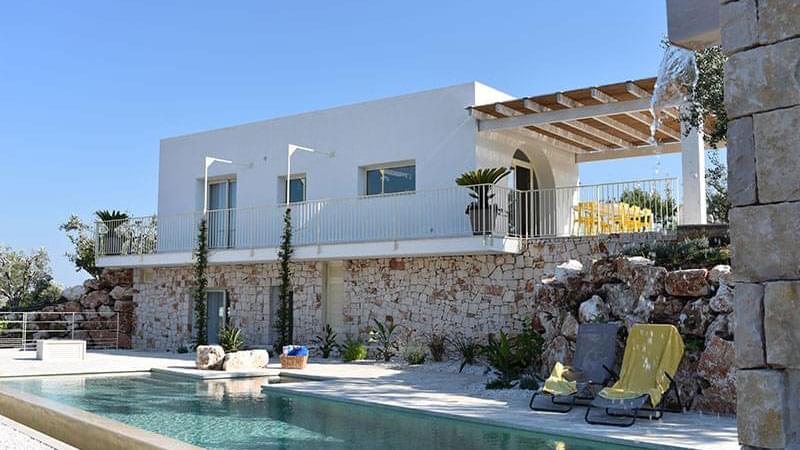
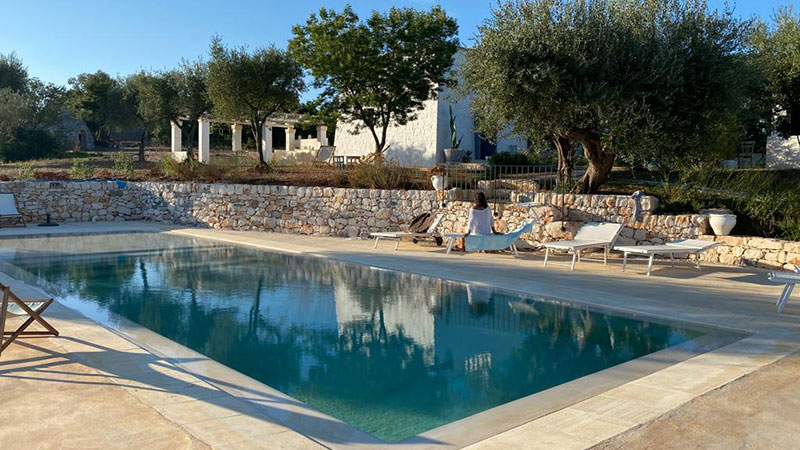
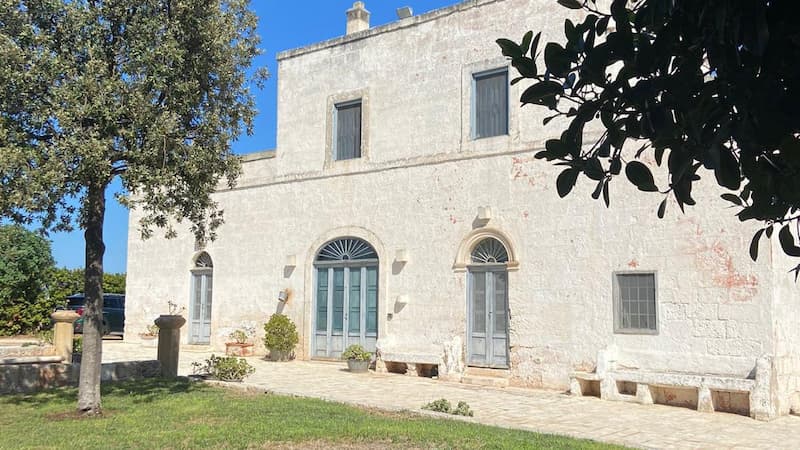

.jpg)
.jpg)
.jpg)
.jpg)
.jpg)
.jpg)
.jpg)
